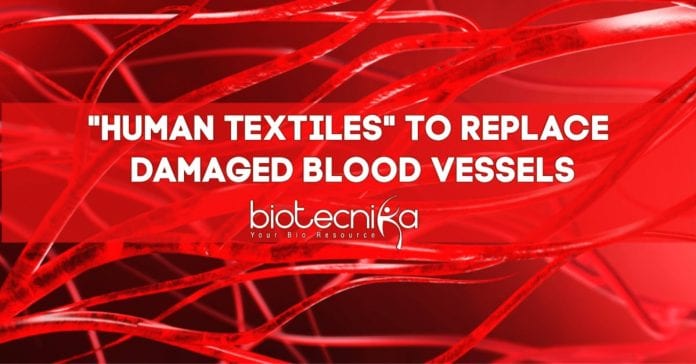“Human Textiles” by Inserm Researchers to Repair Blood Vessels
How does it sound to replace a patient’s damaged blood vessels with fresh and new laboratory-produced blood vessels? Nicolas L’Heureux, a researcher at Inserm has taken up this challenge. He is working on the structural support of human tissues that are found around practically all of the body’s cells, i.e., the human extracellular matrix.
According to the World Health Organization estimations, each year, cardiovascular diseases claim over 17 million lives and it is the leading cause of mortality worldwide. In order to repair damaged blood vessels, Inserm researchers are developing ”human textiles” from collagen and they are on the path to open up new research avenues into this serious public health problem.
At the Tissue Bioengineering unit (Inserm/Université de Bordeaux), L’Heureux and his colleagues explain how they obtained extracellular matrix deposits which are high in collagen, by cultivating human cells in the laboratory.
L’Heureux explains, “To replace blood vessels, we can use the material we obtained as a construction material. The material we have obtained is a highly robust but thin extracellular matrix sheet.” Similar to the yarm used to make fabric for clothing, the researchers cut these matrix sheets to form yarn.”This yarn can then be braided, knitted or woven into several forms. Using this yarn to make assemblies that can replace damaged blood vessels is our main objective.”
These blood vessels will also have the advantage of being well-tolerated by all patients as it is made entirely from biological material. We expect that the body will not reject these vessels considering them as foreign bodies, given that collagen does not vary from individual to individual.
In order to validate this last hypothesis, before moving on to animal testing, the researchers would now like to refine their techniques used to produce these “human textiles”.

